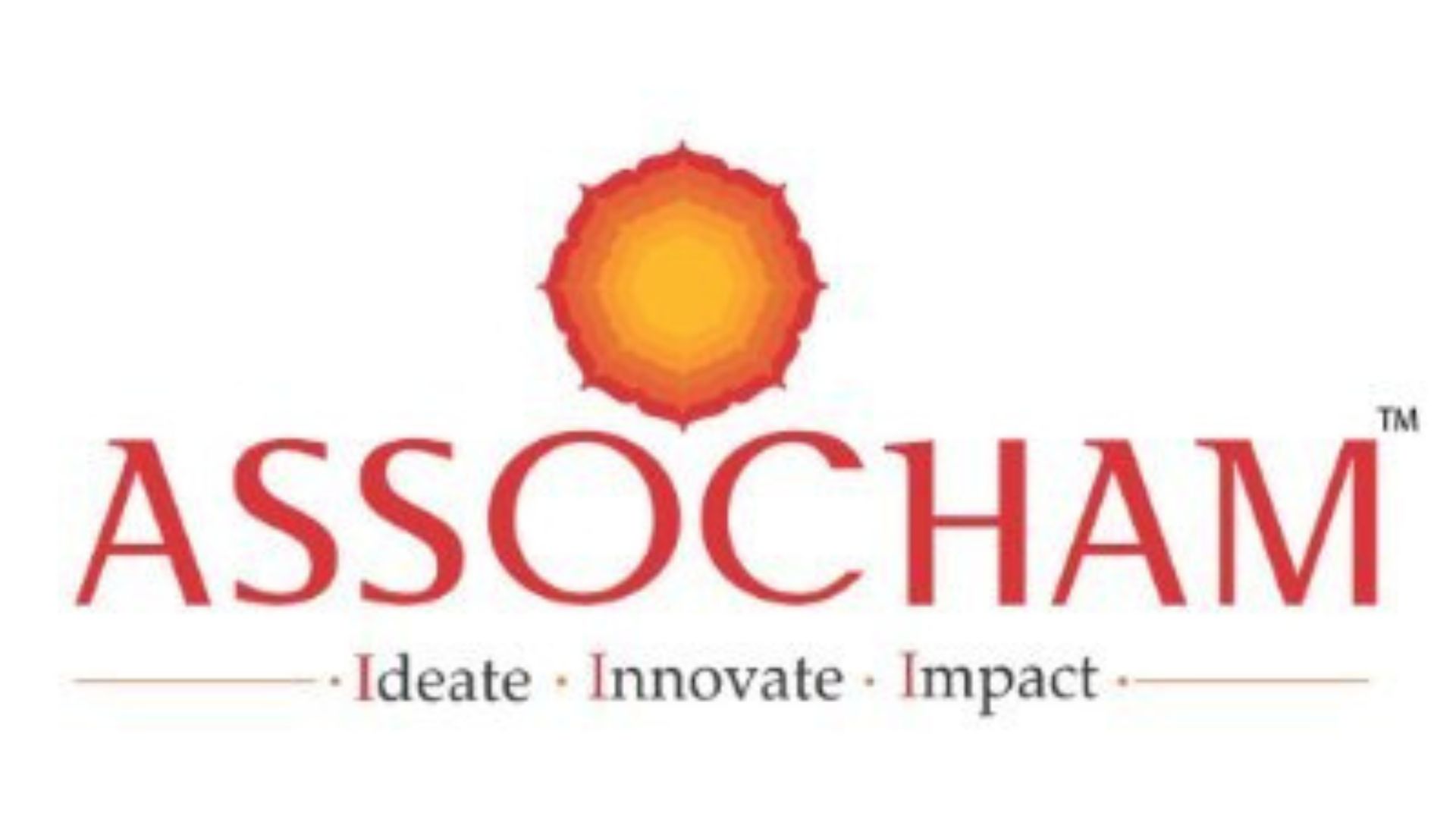
External Commercial Borrowings: A Brief Analysis Of The New Framework
Live LawAs part of development tactics, India has always encouraged all kinds of capital inflow. Also, the new ECB Framework further widens the scope of the term "Eligible Borrower" by adding all such entities who are eligible to take FDIs as Eligible Borrowers of ECBs. Individual Limits: The new ECB Framework has defined a proper borrowing limits based on the sectors as: SECTOR ELIGIBLE AMOUNT Companies in the manufacturing sector, NBFCs, IFCs, AFCs, Holding Companies and CICs 750 Million USD Companies in the Software Development Industry 200 Million USD Entities engaged in Micro Finance Activities 100 Million USD Others 50 Million USD Liability Equity Ratio: The new framework has specified that the liability equity ratio will be 7:1 only in cases of foreign currency denominated ECB. Hedging Requirements: As per the previous Regulations, 70% of the ECB was mandated to be hedged for a maturity period of 3-5 years for the NBFCs, companies in the infrastructure sector, AFCs, IFCs, CICs etc. Introduction of Late Submission Fee: Any delay in the submission of Form ECB2 shall be penalized with a late submission fee as detailed hereinunder: Type of Return/Form Period of Delay Applicable LSF Form ECB 2 Up to 30 days INR 5,000 Form ECB 2/ Form ECB Up to 3 years INR 50,000 Form ECB/ Form ECB 2 Beyond 3 years INR 100,000 per year Trade Credit: The new Regulations noted the following changes in the Trade Credit: The amount of trade credit was increased from 20 million USD to 50 million USD.
History of this topic
Discover Related















































